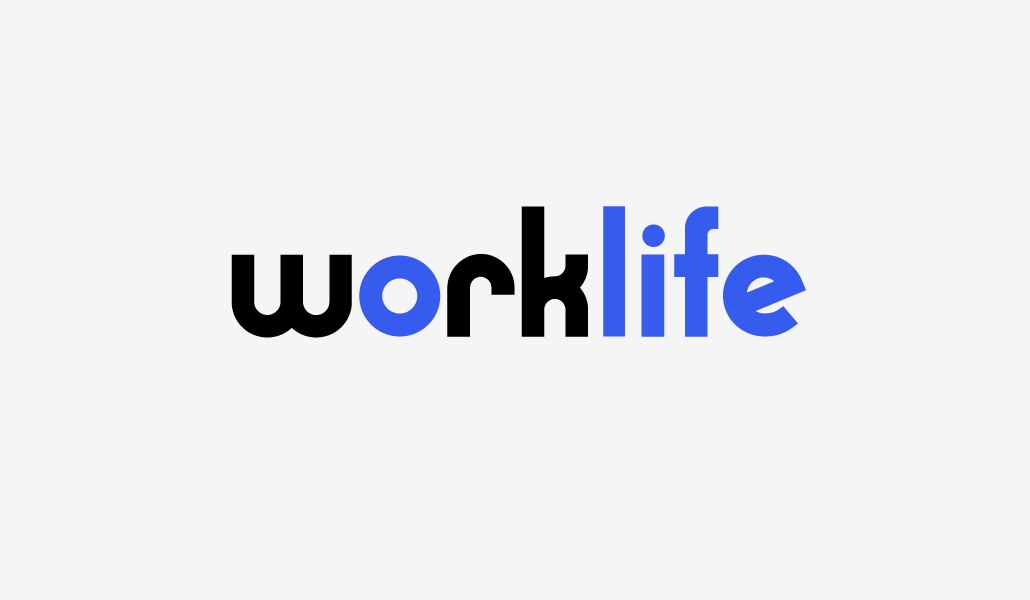
Statistics are important, we would argue employee engagement statistics are among the most important for companies. Employee engagement in the US has hit an 11-year low, with 4.8 million fewer employees engaged in Q1 2024 versus Q4 2023 (Gallup). That’s worrisome since employee engagement has a significant impact on business outcomes such as retention, productivity, customer satisfaction, and profitability. The impact of lackluster employee engagement is evident in trends such as quiet quitting and “The Great Quit.”
But it’s not all doom and gloom. Despite the national downward trend, some companies are excelling with engagement rates that eclipse 70%, far exceeding the national average of 30% (Gallup). Statistics such as these lend powerful insights into the value of employee engagement and how engagement drives better business outcomes. To that end, here are 25+ critical employee engagement statistics you should know in 2024.
| Employee Engagement Defined In this context, employee engagement refers to the level of enthusiasm and commitment employees have for their work. Engaged employees are dedicated to their organizations, communicate and interact with their coworkers, and associate organizational success with personal success. Engagement represents a true partnership between employees and their companies. Employees believe in their companies and their products or services and genuinely want to see their companies succeed and grow. Engaged employees take personal pride in their work and the role they play within their organization. Wellness Program Engagement Consider these statistics: -In the US, medical care benefits costs increased by 8.2% in 2023 and are projected to rise another 8.9% in 2024 (SHRM) Soaring healthcare costs are a significant problem for employers, underscoring the need to emphasize engagement in employee wellness programs. Read our guide to discover how to get maximum employee wellness program engagement. |
Infographic
See key data in an easy to read infographic here. Feel free to share!

Employee Engagement Statistics
By the Numbers
Engaged employees report high satisfaction with their jobs, clarity in their roles, and a strong connection to their employers’ missions. Disengaged employees report the opposite: they feel detached from their companies, unclear about their roles, and that their needs aren’t met. Actively disengaged employees are disgruntled and disloyal. Consider this employee engagement research from Gallup:
- 30% of US employees are engaged
- 17% are actively disengaged
- In 2024, the ratio of engaged to actively disengaged employees is 1.8-to-1. That represents a downward trend, as the ratio in 2023 was 2.1-to-1
- On average, organizations that follow best practices report 70% employee engagement
RELATED: Engaged Employees: How a Wellness Program Can Help


Engagement by Generation
Average engagement levels vary generationally, as illustrated by these employee engagement statistics reported in Inc.:
- Baby Boomers: 36%
- Gen X: 31%
- Gen Z and Millennials: 35%
Engagement by Work Location
Average engagement also varies by employee work location, per the following Gallup employee engagement data:
- Hybrid: 35%
- Remote: 33%
- On-Site: 25%
Impact and Benefits of Employee Engagement
High employee engagement offers significant business benefits, as evidenced by the following employee engagement statistics.
Median percent differences between top-quartile and bottom-quartile units (Gallup):
- Productivity: 14% increase
- Customer loyalty: 10% increase
- Employee wellbeing: 66% increase
- Profitability: 23% increase
- Absenteeism: 81% decrease
Executive perception (Quantum Workplace):
- 92% of executives say companies with high employee engagement have happy customers
- 81% say highly engaged employees perform better
Retention and dedication (Gartner):
- Engaged employees are 31% more likely to stay at their companies
- Engaged employees are 31% more likely to exceed expectations
- Engaged employees are 15% more likely to contribute more than their coworkers
RELATED: 7 Important Reasons to Offer Employee Wellbeing at Work


Costs of Employee Disengagement
While employee engagement benefits organizations, disengagement carries hefty costs. Consider these stats:
- Employee disengagement costs the economy nearly $2 trillion per year (Business Insider)
- Disengagement costs median S&P 500 companies $282 million annually (McKinsey & Company)
- Disengaged employees cost the global economy $8.8 trillion in lost productivity (Gallup)
- As many as 85% of employees are thinking about changing jobs this year, up from 67% last year (The Wall Street Journal)
- On average, it costs $4,700 to hire a new employee, but total costs (including recruiting, onboarding, and training) can balloon that cost to 3 to 4 times the position’s salary (SHRM)
RELATED: How to Use Wellness Programs to Boost Team Morale


Employee Engagement Factors
Many factors are considered when gauging employee engagement. Here are the criteria Gallup uses to calculate its employee engagement score (we recommend reading the full Gallup report for insights into the percentage of employees who feel these needs are met):
- Job satisfaction
- Knowing expectations
- Having tools to complete work
- Doing work employees are good at
- Recognition
- Feeling cared for
- Employers encouraging development
- Feeling opinions matter
- Job importance
- Commitment to quality
- Having a best friend at work
- Conversations about progress
- Learning and growth opportunities
Wellness programs and career advancement are also important engagement factors, evidenced by the following Zippia statistics:
- 89% of employees who work for companies with wellness programs are engaged and happy with their jobs
- 47% of employees say career advancement opportunities are very important to job satisfaction and engagement
RELATED: 17 Employee Wellness Program Ideas to Increase Engagement
FAQs
What is employee engagement?
Employee engagement is the level of commitment and enthusiasm employees have for their work. Engaged employees correlate organizational success with personal success, and they often go above and beyond to ensure business goals are met.
There are three levels of employee engagement:
- Engaged: Employees who are committed and enthusiastic about their jobs
- Disengaged: Employees who are noncommitted and indifferent to their work
- Actively disengaged: Employees who are disgruntled and disloyal
What are the benefits of employee engagement?
High employee engagement offers many business benefits, including increased productivity, profitability, and customer satisfaction as well as decreased absenteeism. Good engagement also improves employee wellbeing, which can lead to reduced healthcare benefit costs for employers.
How can you measure employee engagement?
There are multiple ways to gauge employee engagement, including surveys, employee net promoter scores, exit interviews, absenteeism rates, and turnover rates. It’s best to evaluate multiple factors to arrive at an employee engagement score you can use as a benchmark for improvement.
How can you improve employee engagement?
Employee engagement improvement strategies include clarifying expectations, providing the tools employees need to succeed, and offering ongoing opportunities for advancement. It’s important to create a healthy, nurturing environment in which employees can flourish by doing what they’re good at and passionate about, then recognizing employees for their work. It’s important to think like employees, listen to employees, and remember the role employees play in carrying out your mission. Well-designed wellness programs are powerful employee engagement initiatives because they foster physical, mental, emotional, nutritional, occupational, financial, and social wellness.
| Increase Employee Engagement with a Wellness Program Wellness programs are highly effective at amplifying employee engagement rates. WellSteps takes a holistic approach to wellness with a comprehensive, easy-to-mange program that encompasses all six pillars of wellness. Our evidence-based solutions are proven to influence positive behavior change to improve employee wellbeing and employer ROI (in fact, we guarantee a 150% return on investment). Schedule a demo today to see how we can help improve employee engagement and wellbeing for your organization. |










